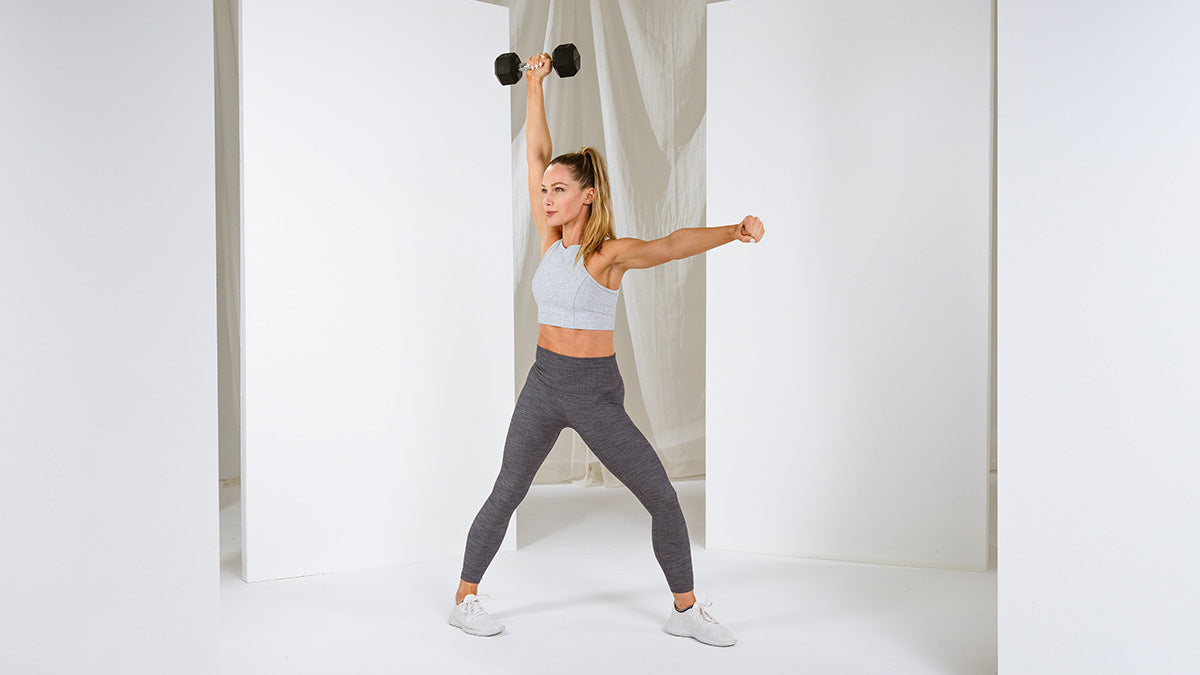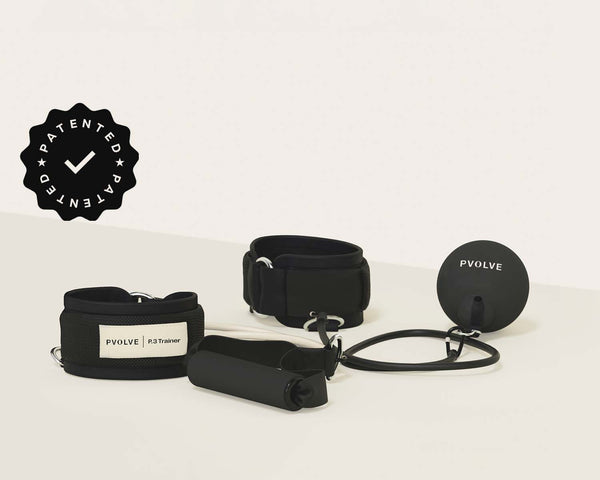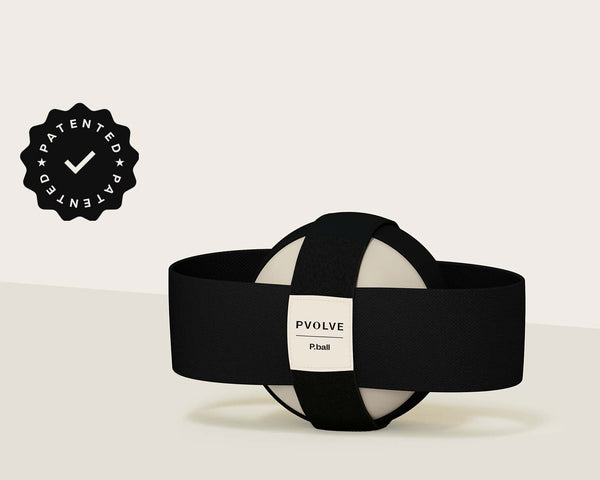If you’ve ever been told that you can run your way to your weight-loss goals, we’re here to set the record straight. Focusing on cardiovascular exercise alone—whether jogging or doing low-impact cardio like swimming and cycling—isn’t a recommended method for losing weight, and in fact, some experts say it could backfire.
That said, incorporating some cardio can be beneficial. The key is having balance and variation in your weight-loss workout plan but, more importantly, incorporating other healthy lifestyle changes.
Read on to learn more about how exercise can—and can’t—help you reach your weight-loss goals, and which workouts you should actually focus on if dropping pounds is the goal.
The Truth About Your Weight-Loss Workout Plan
When a heart-pumping cardio workout leaves you completely drenched, it certainly feels like you sweated off the pounds, but the weight loss-workout connection is more complicated than that. That’s because study after study shows that exercise usually doesn’t burn enough calories to significantly boost weight loss. For most people, working out actually accounts for just a sliver of their daily calorie burn (you likely burn more calories while sleeping than you do during a 30-minute run, for example).
Pushing your weight-loss goals even further away is the fact that research has found that when we work out—no matter the duration—we tend to eat more. This could be because exercise fuels our appetites or because we use food as a post-sweat sesh reward (“If I finish this workout class, I will have earned ice cream for dessert.”).
That’s not to say that exercise won’t nudge you closer to your goal weight. Many experts agree that in addition to reducing the number of calories consumed, increasing aerobic exercise can help with weight loss (not to mention that it can greatly improve cardiovascular health). But it’s important to view exercise as just one component of your weight-loss plan.
“Focusing on building strength and increasing muscle mass on the body has a positive impact on maintaining or losing weight. However, that is only one small part of the equation,” says Antonietta Vicario, Pvolve’s Chief Training Officer. “Most weight loss has to do with proper nutrition as well as supporting proper functioning of hormones through diet, movement, and mindset.”
That’s why you shouldn’t ignore other lifestyle changes, such as eating healthier foods (aim for at least four servings of veggies daily, swap refined grains for whole grains, and cut back on added sugar), getting ample sleep, and shifting to the right mindset for losing weight. If you stick with these healthy habits and adhere to a weight-loss workout plan, you may find that you slim down faster. “We hear from members all the time that finding a Pvolve workout routine that they love has helped them become more consistent and helped them lose weight and even inches from their bodies,” says Vicario.
Cardio vs Strength Training for Weight Loss
Another secret of an effective weight-loss workout plan is that cardio shouldn’t be the only activity on the menu. Research shows that strength training is as effective as cardio for changing your body composition. Not only can resistance training burn calories and fat, but it also helps increase your metabolism and build muscle. And you’ll want to hold onto that muscle in order to achieve a toned look after losing weight.
With the Pvolve Method, you have access to a full range of cardio and strength training workouts that—along with other healthy diet and lifestyle habits—can help you reach your weight-loss goals. “If someone is looking to Pvolve to support a healthy weight loss program, they should incorporate our Progressive Weight Training twice a week to build muscle. Then, they should vary between Strength & Sculpt and Cardio Burn three times a week so that they get five days of movement in total,” suggests Vicario.
A gentle reminder: Weight loss doesn’t happen overnight, and unrealistic goals could discourage you from sticking with your new healthy habits. It’s recommended that you aim to lose roughly two pounds per week—any more could put you at risk of health concerns like gallstones and muscle loss. And as you start to lose weight, remember that with Pvolve, the number on the scale is just the start. In addition to seeing enviable sculpted, lifted results you’ll also increase stability and mobility. You won’t just look great—you’ll feel fantastic too.






































